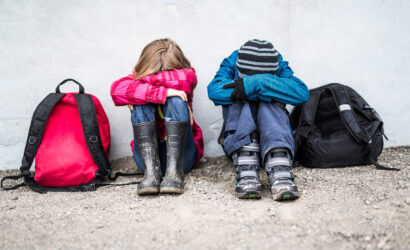What is Speech vs. Language

by Emily Core Valerius, M.S., CCC-SLP; Speech Language Pathologist, D.O.T.S. FOR KIDS
“Speech” is how we produce our sounds and our words utilizing our articulators (mouth, lips, tongue, jaw, etc.) These areas include but are not limited to; articulation and phonology. “Language” is the content and vocabulary that we use to make phrases and sentences to communicate with others. These areas include but are not limited to; expressive and receptive language, and pragmatics (social skills).
What do these areas mean? Articulation is clear and distinct speech sounds. Articulation errors occur when someone produces a speech sound incorrectly and the error is consistent. Some examples include sound substitutions (i.e. “tar” for “car”), sound distortions (i.e. lisp), and phonological processes. Phonological processes are patterns of speech sound errors that occur when producing a variety of sounds (i.e. producing /r/ and /l/ as a /w/ or “uh” like “wing” for “ring.”)
Receptive language is the understanding of language. Expressive language is the use of language. Students with a language disorder may have difficulty learning new vocabulary, following directions, answering questions appropriately, understanding why certain things go together, and using correct grammar. Students with a language disorder also may have difficulty learning to describe, tell similarities/differences, retell events in a correct sequence, find the right words to say, stay on topic, interact with others appropriately, or get their thoughts to paper.
Pragmatics is the understanding and use of social language. This includes but is not limited to body language, non-verbal communication, play skills, perspective-taking, conversational skills, and friendships. Students that have social communication disorders may struggle to understand others’ perspectives, maintain relationships with same-age peers, and regulate emotions.





